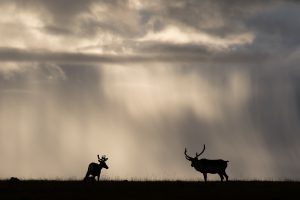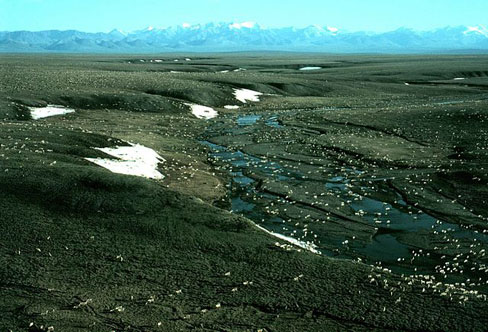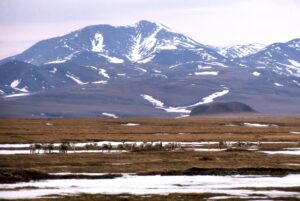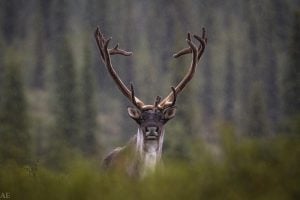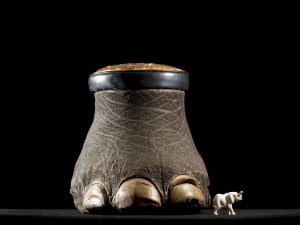This summer, hundreds of thousands of one of Canada’s most iconic animals will be heading to “the sacred place where life begins” — the term local First Nations people use to describe the calving grounds of the Porcupine Caribou herd, located between Alaska and the Yukon.
After decades of decline, the herd has grown to an estimated 197,000 animals, thanks in part to a conservation plan (a summary of which is available here) the Porcupine Caribou Management Board implemented in 2010. The plan, which involved input from local First Nations people, sets hunting limits based on the number of animals in the herd. Its measures also include a hunt that focuses on bulls rather than cows.
Stan Njootli, a First Nations resident of Old Crow, Yukon, explains how the plan had to find a balance between protecting the caribou and ensuring aboriginal hunting rights.
I had been a member of the Porcupine Caribou Management Board since 1986, but I’ve stepped down now, to let other people be involved in the process. One of the board’s guiding principles is conservation and protection of the herd. Our first priority is that the herd is healthy and stays healthy. That means putting conservation measure in place wherever they calve or where they travel.
The Yukon Conservation Society helped us, and the Alaska Wilderness League helped with the calving grounds, which are in northeastern Alaska. We’ve been talking to the Canadian and American governments for a long time now about that area. We formed a lobby group, and people from the North went down to the States and talked to senators and members of congress about protecting the calving ground, about not opening it up for development.
When it comes to hunting regulations, each country is responsible for protecting the caribou habitat that’s in its territory. But the new plan didn’t mean we had to change our way of hunting caribou, which has always been based on need. We still have the right to hunt, but within conservation management regulations based on the need of the individual.
